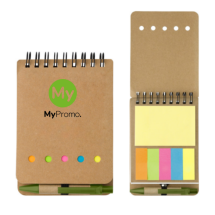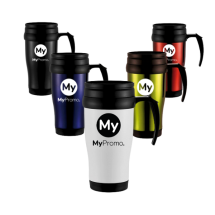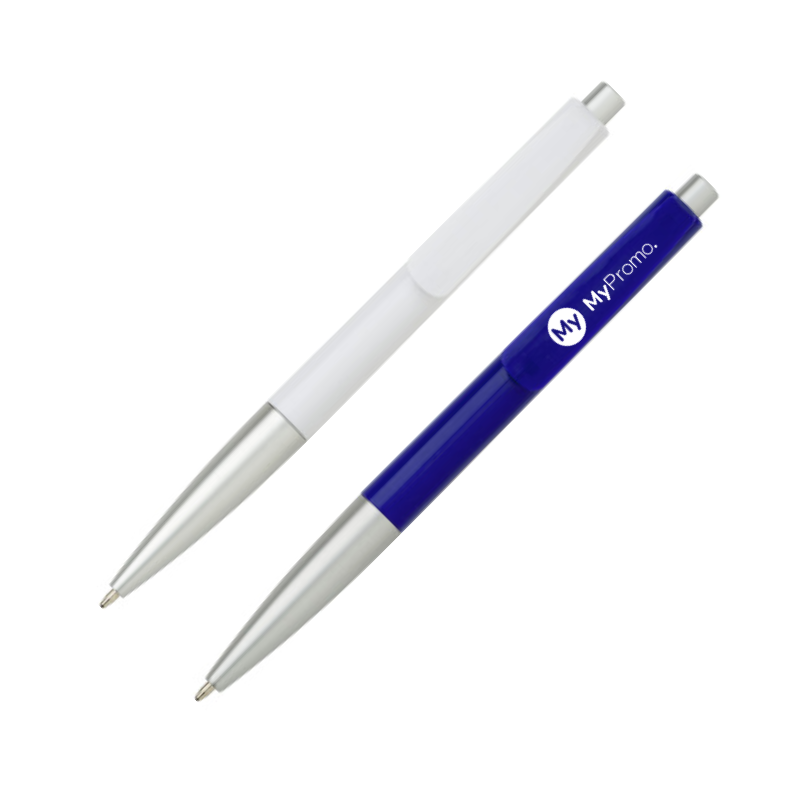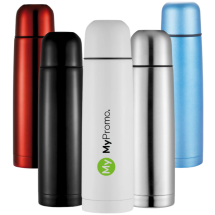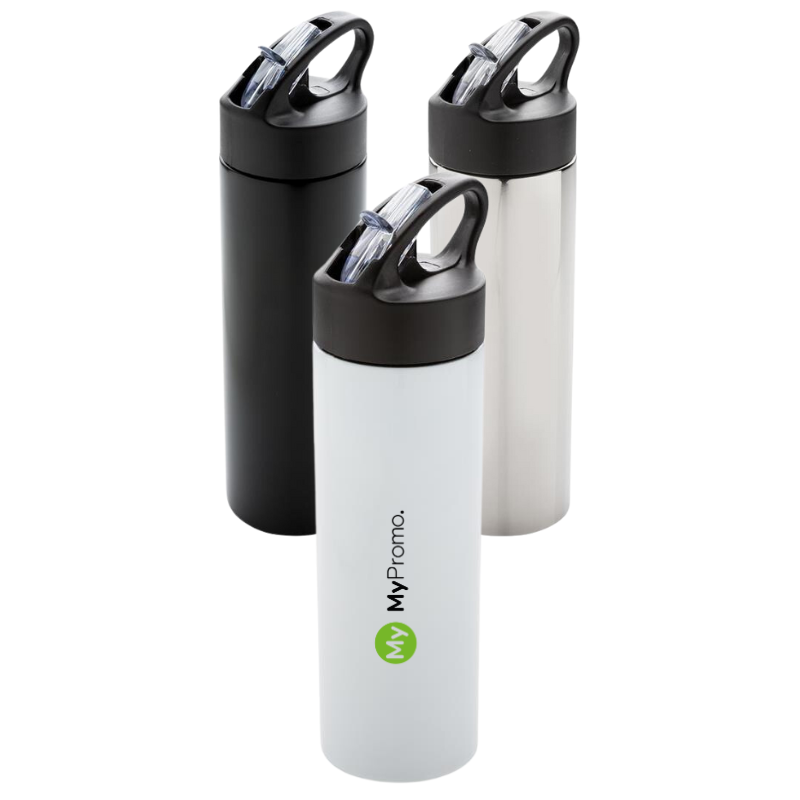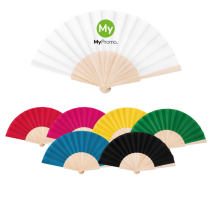Digital transfer
What is Digital Transfer?
Digital transfer printing is a contemporary method extensively used for promotional gifts and customised apparel. This technique transfers a design from a paper or digital medium onto various substrates using heat and pressure, making it ideal for materials with complex textures or unusual shapes. Originating from heat transfer technology in the late 20th century, it marks a significant advancement in printing, overcoming some traditional constraints like those of screen printing. It offers quicker setup and the ability to print full-colour images directly from a computer. The process starts with creating digital artwork, which is then printed onto special transfer paper. Using a heat press, the design is transferred as the ink becomes gas, permeating the substrate and solidifying upon cooling, resulting in a durable and vivid print.Key tools and materials in digital transfer printing
To begin with digital transfer printing, you'll need several specific tools and materials:
- Digital artwork files (commonly in formats like PNG, JPEG, or TIFF)
- A high-quality printer capable of handling transfer paper
- Transfer paper suitable for the specific substrate (textile, ceramic, etc.)
- A heat press machine, pivotal for transferring the design from the paper to the product
- A substrate to print on (personalised t-shirts, personalised mugs, personalised mouse pads, etc.)
Digital transfer printing excels in its versatility and is prominently used for personalising promotional items. Popular products include custom t-shirts, branded mugs, personalised mouse pads, and bespoke hats. The ability to add any image or text to these items makes digital transfer a favourite choice for promotional events and corporate branding campaigns.
Advantages of digital transfer printing
Opting for digital transfer printing offers numerous benefits:
- High-Quality Outputs: Produces vibrant, full-colour images with excellent detail.
- Versatility: Suitable for small batches or individual pieces, ideal for custom orders.
- Flexibility: Can print on a variety of materials and complex product shapes.
- Speed and Efficiency: Faster setup times compared to traditional methods like screen printing.
Compared to traditional printing techniques like screen printing or sublimation, digital transfer stands out for its ability to efficiently handle high-resolution, multi-coloured designs without the need for extensive setup. Unlike screen printing, which requires creating a separate screen for each colour, digital transfer can produce complex colour patterns in a single step. However, it may not match the extreme durability of screen prints on certain fabrics and is typically more cost-effective for smaller batches rather than large-scale productions.
Potential challenges and limitations
While advantageous, digital transfer printing does face some challenges:
- Material Sensitivity: Not all materials can withstand the high heat required for transfer.
- Wear Over Time: The print may degrade with extensive washing or exposure to harsh conditions.
- Colour Matching: Colours on transfer paper might slightly differ when transferred, especially on darker substrates.
Suitability of Materials for Digital Transfer Printing
| Material Type | Suitability for Digital Transfer | Notes |
|---|---|---|
| Textiles (Cotton, Polyester) | High | Ideal for clothing and fabric-based items |
| Ceramics (Mugs, Plates) | High | Requires specific transfer paper for high temperatures |
| Metals (Pens, Keychains) | Medium | Careful handling needed to prevent damage from high temperatures |
| Wood and Plastics | Medium to High | Effectiveness depends on the heat tolerance of the material |
| Leather and Synthetic Leather | Medium | Special techniques required for successful transfer without damage |
What is digital transfer?
Digital transfer printing is a process that involves printing a design onto special paper and then using heat and pressure to transfer that image from the paper to various materials such as textiles, ceramics, and more. It's a versatile method that allows for high-quality, detailed prints suitable for small batch orders.
How does digital transfer work?
The digital transfer printing process begins with creating a digital design, which is then printed onto transfer paper using a digital printer. Once printed, the design is placed onto the substrate (e.g., a t-shirt, mug, or tote bag), and a heat press is applied. The heat and pressure convert the ink into a gas, allowing it to bond with the substrate, creating a durable and vibrant image.
What are the advantages of digital transfer compared to other methods?
Digital transfer printing offers several advantages including the ability to produce full-colour, complex designs easily, rapid production times, and no need for colour separation or screen setups. This makes it ideal for customising promotional items in smaller quantities and allows for greater flexibility in design changes and updates.
Can digital transfer printing be used on dark fabrics?
Yes, digital transfer printing can be used on dark fabrics, but it requires specific types of transfer paper designed to work effectively on dark backgrounds. These special papers ensure that the colours of the design remain vibrant and visible even on dark substrates.
What materials can be used with digital transfer?
Digital transfer printing is quite versatile and can be used on a variety of materials including textiles (like cotton, polyester, and blends), ceramics (like mugs), metals (such as promotional pens), and even hard surfaces like wood and plastic, depending on the type of transfer paper and ink used.
